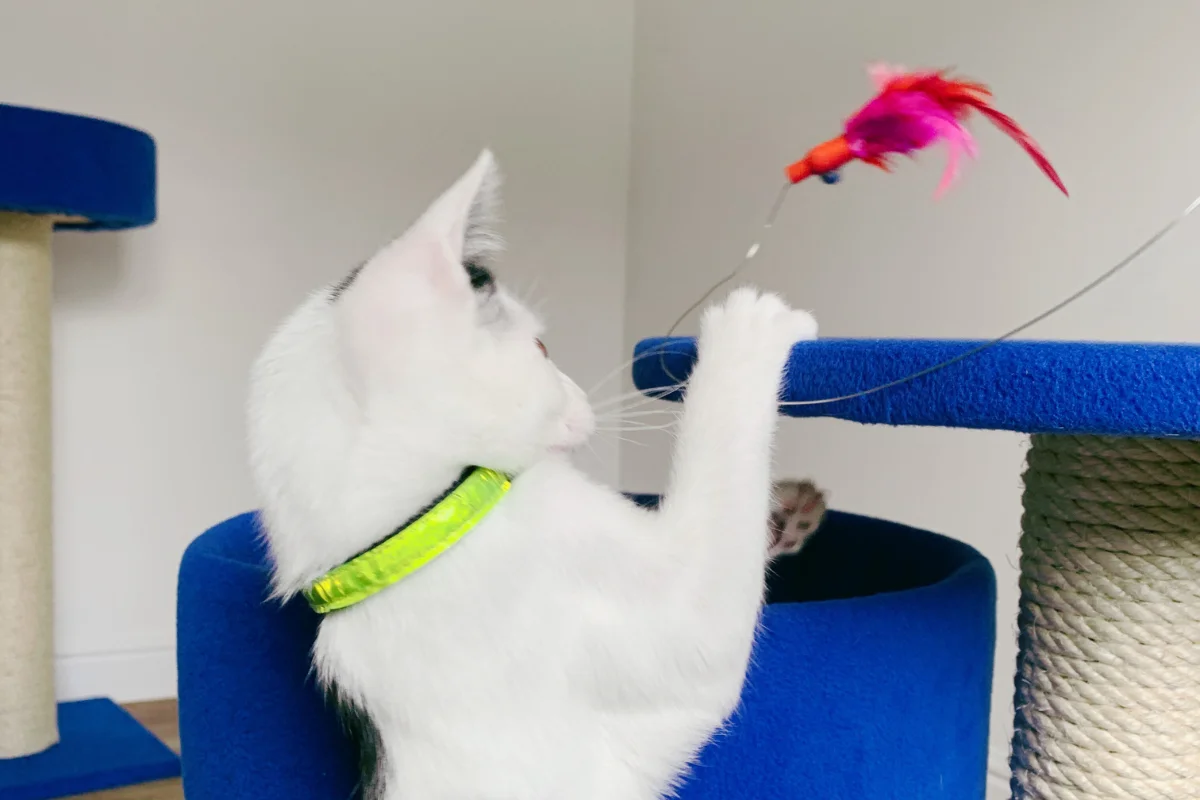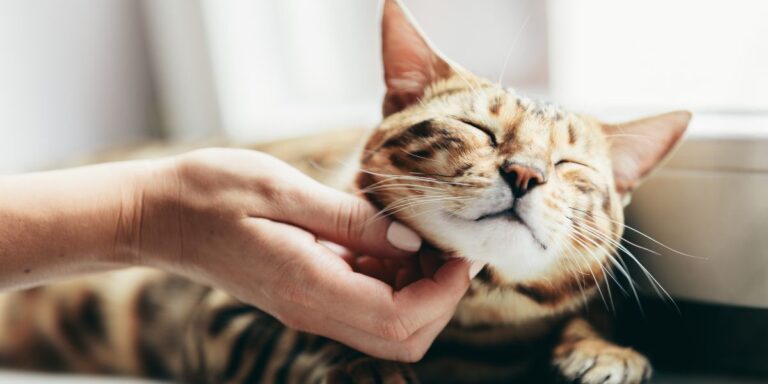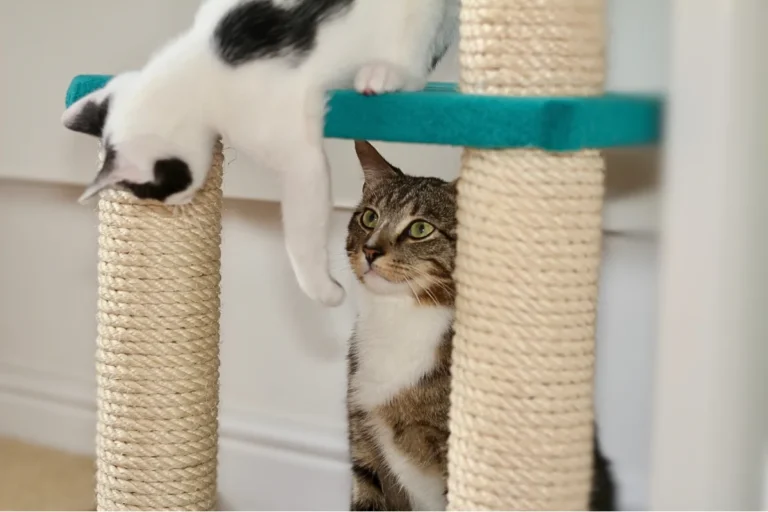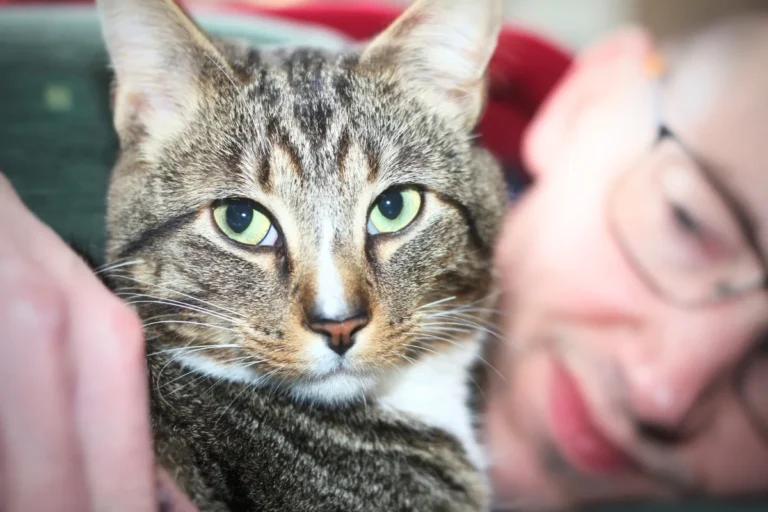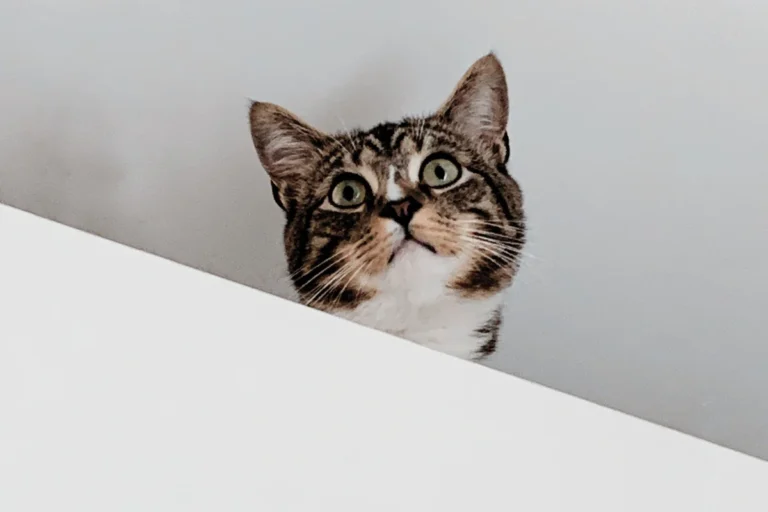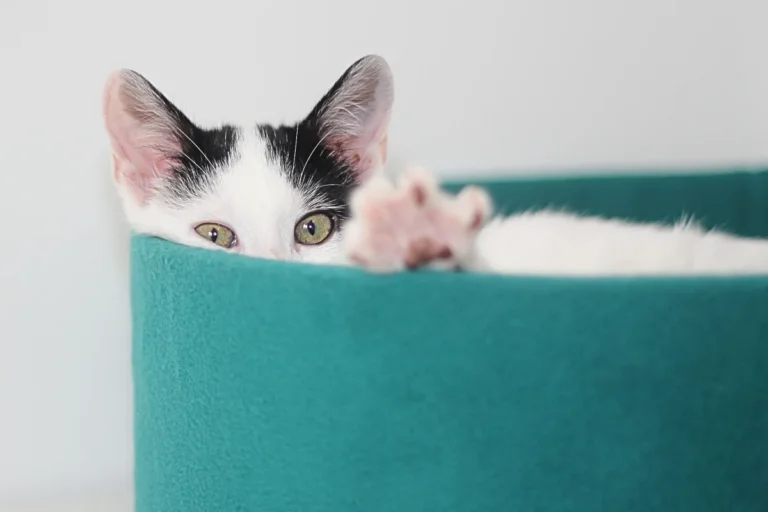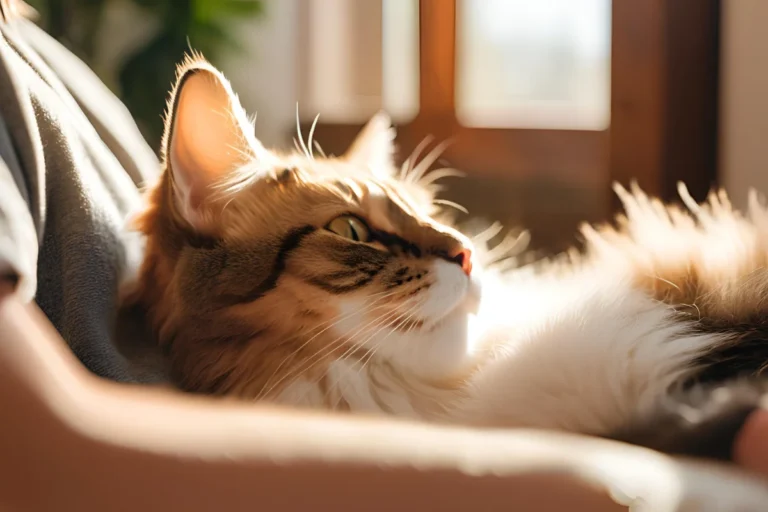Cat enrichment: Why it’s essential and getting it right
Indoor cats may be safe, but their confined world can quickly become monotonous. With their natural hunting and exploring instincts, they need more than just food and a place to sleep. This is where cat enrichment comes in. Forget the passive approach – if you don’t actively engage your cat’s body and mind, it’ll soon show. Behavioural problems, stress and weight gain are just a few issues that come knocking when your cat isn’t stimulated.
So, let’s get straight to it: cat enrichment isn’t a luxury – it’s a necessity.
Why cat enrichment is essential
Why should you bother with cat enrichment? Simple. Without it, your cat gets bored. And boredom, for a creature as intelligent as a cat, spells trouble. You’ll start to notice over-grooming, scratching, and possibly a few unfortunate accidents outside the litter box. But it’s not just behavioural. Cats without mental and physical challenges tend to become overweight and develop health problems, from diabetes to joint issues.
Cats, particularly indoor ones, don’t need much to stay entertained, but they do need something. In the wild, cats spend a lot of time stalking, hunting and climbing. Your sofa doesn’t offer the same thrills. Without regular challenges, their brains switch off, and their muscles waste away. Enrichment, whether it’s interactive play or simple puzzles, mimics those instincts and keeps them active.
Types of cat enrichment
So, how do you make sure your cat stays sharp? Enrichment comes in different forms, each designed to target specific feline needs. Here’s the breakdown:
Environmental enrichment
The environment matters. Think beyond the scratching post. Cats are natural climbers and love high vantage points. A room with a couple of shelves to jump on or a window perch to observe the world keeps them busy for hours. And if you’re really committed, invest in a cat tree. The higher, the better. Throw in a few tunnels or hiding spots, and you’ll have created a cat paradise.
But that’s not all. Rotate your cat’s toys regularly. Cats are like kids – what’s fun today is dull tomorrow. Swap in new toys every week, and they’ll think it’s Christmas.
Social enrichment
Yes, cats are independent, but that doesn’t mean they’re hermits. Interaction with humans – and other animals – plays a crucial role. Think of it like this: interactive play is the closest thing your indoor cat has to hunting. Feather wands, laser pointers or even a crumpled piece of paper, can get them moving. Play is about more than just exercise. It’s about tapping into their natural instincts to chase, pounce and stalk.
Human interaction goes beyond play. Petting, talking to your cat or just being around gives them a sense of comfort and belonging. Ignoring your cat leads to frustration, and frustration leads to trouble. Make time for it.
Cognitive enrichment
Cats are smart. Seriously smart. They need puzzles, challenges and ways to engage their minds. Puzzle feeders are great because they force your cat to use its brain to figure out how to get food. You can start simple, with basic treat balls, then increase the difficulty as your cat gets the hang of it. This kind of cognitive exercise can transform mealtime into a mentally stimulating event.
Training also works wonders. Yes, you can train a cat. High-fives, sitting or jumping through hoops, all via positive reinforcement, keep their minds engaged and strengthen your bond. It’s not just about tricks – it’s about communication and trust.
Sensory enrichment
Cats rely heavily on their senses. Smell, in particular, is vital. Catnip, silvervine or even rotating outdoor scents can stimulate their olfactory senses. You don’t have to go all out – placing a bird feeder outside a window or even playing videos of birds on TV can hold their attention.
New textures, too, play a role. Cats love to scratch and feel different surfaces under their paws. Change up the materials – cardboard, sisal or fabric. The more variety, the better.
Cat enrichment dos and don’ts
To make sure you’re hitting the mark with enrichment, there are a few basic principles to follow:
Dos
- Provide variety: Cats get bored. Mix up their toys, textures and even the environment.
- Be consistent: Routine matters. Play at the same time each day to establish a habit.
- Observe your cat: Watch what they respond to best. Some cats love heights, others prefer chasing.
Don’ts
- Don’t force it: Some cats need time to warm up to new activities. Let them explore at their own pace.
- Don’t overwhelm them: Start small. Too much at once can stress them out. Enrichment is about fun, not pressure.
- Don’t use negative reinforcement: Cats won’t respond well to punishment. Reward positive behaviour instead.
How long should I play with my cat every day?
20-30 minutes a day of play is the sweet spot. You don’t need to do it all in one go. Break it up into shorter sessions, especially around dawn and dusk when cats are most active. It keeps them sharp and helps burn off any extra energy, preventing them from taking it out on your furniture.
How long should I train my cat every day?
Training sessions should be short and sweet – 5-10 minutes max. Cats aren’t dogs; their attention spans are shorter. Keep it light and fun. Use treats or their favourite toys to encourage learning, and don’t push it if they’re not in the mood. Like with all enrichment, consistency is key. A little bit every day goes a long way.
What if my cat doesn’t play?
Some cats need coaxing. Older or more sedentary cats might not show much interest initially. Try different toys, textures or even food-based play like puzzle feeders. Start slow, with low-key games like a feather wand or rolling a ball across the floor. Patience is crucial. With time, most cats will engage – once they realise there’s fun to be had.
Final word
Enrichment isn’t about turning your home into a jungle gym – it’s about making life interesting for your cat. A bored cat is a stressed, unhealthy cat. Provide a mix of environmental, social, cognitive and sensory enrichment, and you’ll have a happier, healthier companion. Start small, observe what they love, and build from there. Just like that, you’ll be giving your cat the fulfilling life it deserves.
